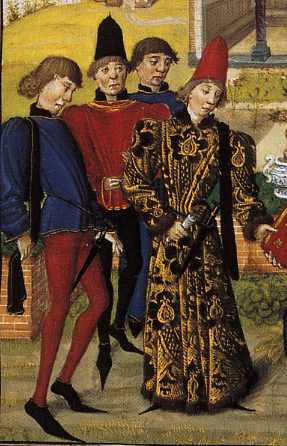So what did I do after I 'gave up' mudlarking? I spent more time walking and published a book to share my discoveries - Walks for Each Season: 26 great days out in the countryside near London . And I've just started a new blog Walks for Each Season. although only one post there so far.
 |
| Walks for Each Season Near London |
- 4- 14 miles
- Start and end at a train station
- Ordnance Survey maps
- Easy to follow directions
- Stunning colour photographs
'Beautifully written with a larker's eye for detail. Julia's carefully curated collection of walks proves that the seasons are just a train ride away from London' Lara Maiklem author of Mudlarking
Walks range from four to 14 miles, from gentle rambles to ambitious hikes, and take you to stunning views, sparkling chalk streams, lazy rivers, clifftops, secret beaches and ancient woodlands. Stunning colour photographs and delightfully honest descriptions introduce each walk, interpret the landscape and highlight what to look for – from flowers to fossils. Routes are plotted on Ordnance Survey maps alongside clear, easy-to-follow directions and each walk starts and ends at a station, so you can discover the gems of the south east with ease. You’ll also find the optimum time of year to enjoy each walk, how to get there, good picnic spots, pubs and cafes along the way. Which makes this book altogether the perfect guide and companion for both walkers and armchair ramblers.
'You can order in any bookshop and many London bookshops have stock - see here for stockists - please support them!
You can also order online here from ethical online bookstore






















































